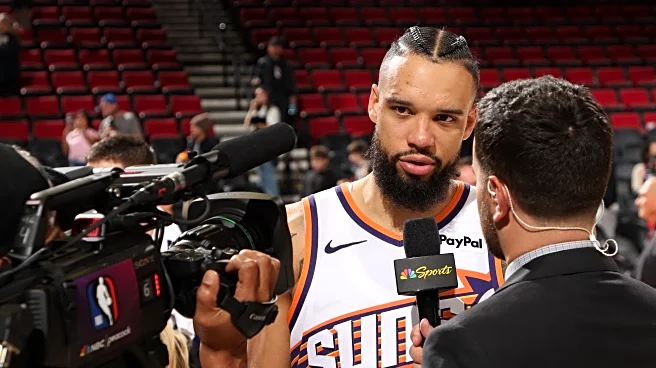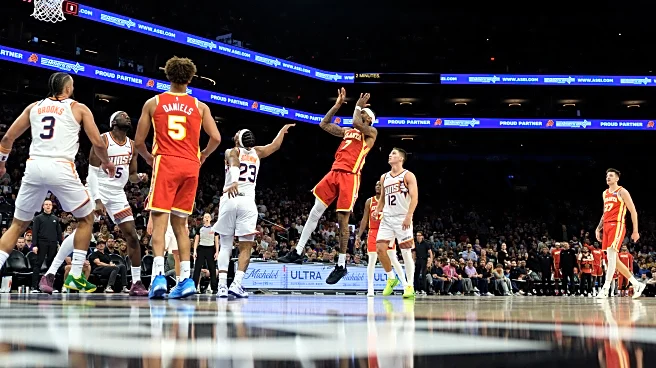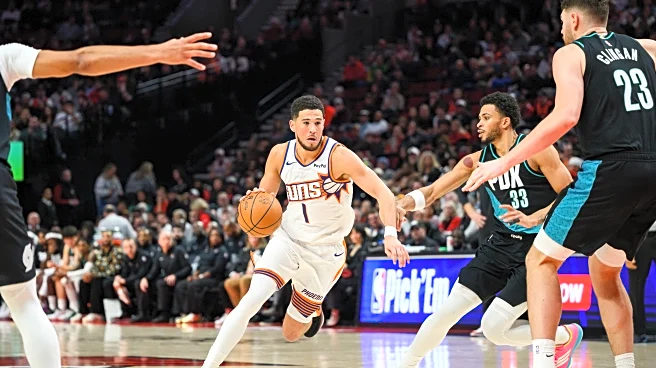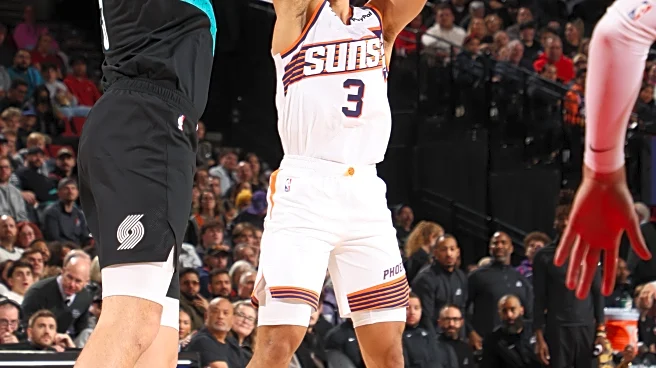After 15 games, the Suns are one of the quiet surprises of the season’s start. We expected a rough, still-raw team, constantly adjusting, hampered by absences and a completely revamped roster led by a rookie
coach. Yet the numbers tell a different story: Phoenix is taking full advantage of a favorable schedule and ranks 11th in both offensive and defensive rating.
The potential for growth is obvious. It’s visible in both the play on the court and the rotations. And yet, one thing stands out when you look closer: two specific aspects of the game are holding back this rise. Two areas where Phoenix is striking gold…but failing to refine it: capitalizing on second chances and transition opportunities.
1. The Transition Game
This season, Phoenix is one of the league’s most disruptive teams: 10.6 steals per game (2nd) and 22 deflections per game (4th). With the quick hands of Collin Gillespie, Dillon Brooks’ anticipation, and Ryan Dunn reading passing lanes, the way Phoenix creates chaos and opportunities is elite. For now.
But there’s a problem.
Yes, the Suns generate premium opportunities, but they aren’t capitalizing at all: only 21.1 points (1.07 points per steal attempt) and just 50.2% shooting on possessions that are supposed to be “easy” or “free.” According to NBA.com, Phoenix ranks 23rd in the league in transition efficiency. It’s a stark contrast, as if they’re playing with the handbrake on. (Transition scoring is arguably the type that depends least on raw individual talent.)
In a league where every “free” point is a strategic weapon. Just look at the Thunder over the past two years or the Magic this year. This is a real growth limiter. And it’s also a huge opportunity for improvement. There’s no need to recruit, change systems, or reinvent the roster. They just need to learn to capitalize on what the team is already producing.
2. Offensive Rebounds
Now, let’s apply the same logic to half-court play: Phoenix isn’t capitalizing on offensive rebounds either. Yet the production is solid: 34.6% OREB (5th) and 7.2 putbacks per game (8th). The work is there, driven by excellent collective effort. Eight players are grabbing at least one offensive rebound per game.
The problem is conversion: just 15.3 points from these second chances (16th), with 0.93 points per shot attempt on putbacks and a 46.3% score frequency on these opportunities (30th). In short, the Suns maximize offensive rebounds but fail to turn them into points. Again, the team is creating premium opportunities but not extracting enough value from them.
Just like in transition, these half-court second chances remain a potent weapon: Phoenix is creating the opportunities; now they just need to convert them to turn potential into real growth.
The keys for lasting success are there. There are others, like transition defense, but these two points stood out most over the first fifteen games. The rest of the season will be busy, and the win pace may slow, but I expect progress: Phoenix has already turned weaknesses into strengths, and now it’s time to capitalize on this potential.














